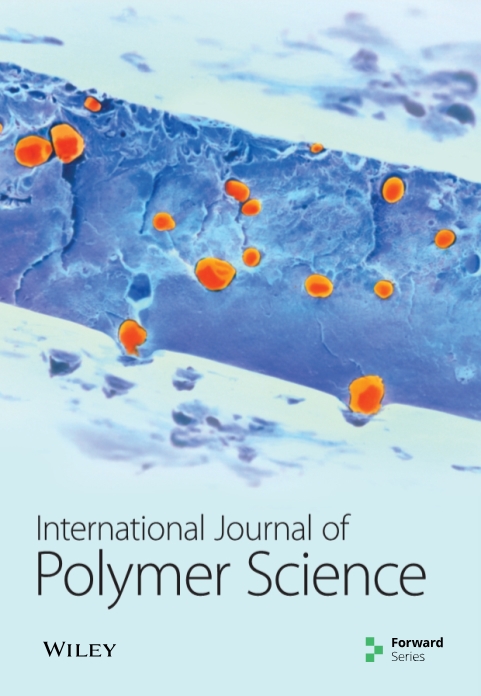Mechanical and Water Absorption Characterization of Mango Seed Shell/Epoxy Composite for Low Load Carrying Structures
IF 4.4
4区 化学
Q2 POLYMER SCIENCE
引用次数: 1
Abstract
The present work deals with the characterization of mango seed shell fiber reinforced epoxy composites by using hand layup method by varying the volume composition of the mango seed shell from 0 vol. % to 60 vol. % (M-0 to M-60). The physical density test, tensile test, flexural test, and water absorption test were conducted as per the American Society for Testing and Materials (ASTM) standards. Results revealed that the tensile strength of M-20 (20 vol. %) is 43% more than a neat epoxy, while the flexural strength of M-50 (50 vol. %) is greater than 10.85% more than a neat epoxy. The water absorption test was conducted by immersing the samples in distilled water at room temperature, and the weight of the specimens was measured and recorded at every 24-hour time interval. For all composite samples, saturation in water absorption and thickness swelling were observed after 432 hours of water immersion. The moisture absorption increases with the inclusion of reinforcements as compared to the neat epoxy samples. However, for the M-50 composite, the water absorption decreases due to the uniform mixing and stronger bonding between the matrix and the reinforcements. The scanning electron microscope (SEM) images of the composite specimens also depicted the particulate fiber distribution and the presence of micro-voids in the epoxy matrix.芒果籽壳/环氧树脂低承载结构复合材料的力学和吸水性能
本工作通过改变芒果籽壳的体积组成从0体积%到60体积%(M-0到M-60),采用手工叠层法对芒果籽壳纤维增强环氧树脂复合材料进行了表征。物理密度测试、拉伸测试、弯曲测试和吸水测试根据美国材料试验协会(ASTM)标准进行。结果表明,M-20(20体积%)的拉伸强度比纯环氧树脂高43%,而M-50(50体积%)比纯环氧环氧树脂的弯曲强度高10.85%。通过将样品在室温下浸入蒸馏水中进行吸水试验,并每隔24小时测量和记录样品的重量。对于所有复合材料样品,在浸水432小时后观察到吸水饱和和厚度膨胀。与纯环氧树脂样品相比,吸湿性随着增强材料的加入而增加。然而,对于M-50复合材料,由于基体和增强体之间的均匀混合和更强的结合,吸水率降低。复合材料试样的扫描电子显微镜(SEM)图像还描绘了颗粒纤维的分布和环氧树脂基体中微孔的存在。
本文章由计算机程序翻译,如有差异,请以英文原文为准。
求助全文
约1分钟内获得全文
求助全文
来源期刊

International Journal of Polymer Science
POLYMER SCIENCE-
CiteScore
6.10
自引率
0.00%
发文量
55
审稿时长
>12 weeks
期刊介绍:
The International Journal of Polymer Science is a peer-reviewed, Open Access journal that publishes original research articles as well as review articles on the chemistry and physics of macromolecules.
 求助内容:
求助内容: 应助结果提醒方式:
应助结果提醒方式:


